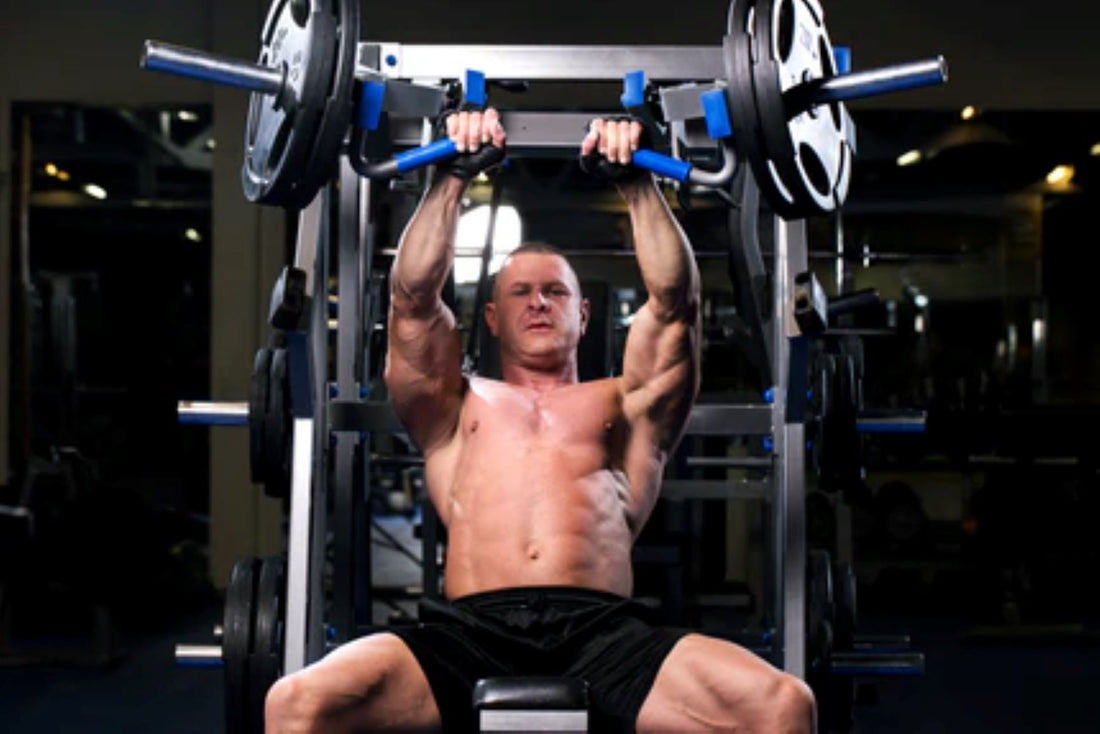
If you've ever wandered into a gym and seen massive, chiseled physiques that look like they belong on the cover of a fitness magazine, you've likely seen the result of open bodybuilding. But what exactly is open bodybuilding? This ultimate guide dives deep into every aspect of the sport, from the rigorous training routines to the stringent diet plans that competitors follow to achieve their impressive physiques.

Defining Open Bodybuilding
Open bodybuilding, often simply referred to as bodybuilding, is a competitive sport where individuals aim to develop and showcase the maximum amount of muscular size and definition. Unlike other categories such as classic physique or men's physique, open bodybuilding focuses on overall mass, symmetry, and definition. Participants in this category are not restricted by weight classes, making it the go-to for those looking to push the boundaries of physical development.
The Physical Requirements
To compete in open bodybuilding, athletes must meet specific physical requirements. These include having highly developed muscle groups with minimal body fat. Judges evaluate participants based on muscle mass, symmetry, and the ability to present their physique effectively through posing routines.
Muscle Mass
Muscle mass is one of the primary criteria in open bodybuilding. Competitors often spend years, if not decades, dedicated to building as much muscle as possible through weight training, diet, and supplementation.
Symmetry
Symmetry refers to the balanced appearance of muscle groups on both sides of the body. A symmetrical physique is visually pleasing and indicates a well-rounded training approach.
Posing
Proper posing is essential in bodybuilding competitions. Competitors must practice posing to display their strengths and hide any weaknesses. This involves choreographed routines performed to music, showcasing different muscle groups.
Training for Open Bodybuilding
The training regimen for open bodybuilding is incredibly demanding. It typically involves a mix of resistance training, cardiovascular exercise, and active recovery techniques.
Resistance Training
Resistance training is the cornerstone of any bodybuilder’s routine. This usually includes heavy lifting, focusing on compound movements such as squats, deadlifts, and bench presses, complemented by isolation exercises to target specific muscle groups.
Cardiovascular Exercise
Despite the focus on muscle building, cardiovascular exercise plays a crucial role in reducing body fat and improving overall conditioning. High-intensity interval training (HIIT) and steady-state cardio are popular choices.
Recovery
Recovery is equally important in bodybuilding. Techniques such as stretching, foam rolling, and even professional massage are employed to prevent injuries and improve muscle function.

Nutrition and Supplementation
The diet of a bodybuilder is crucial to achieving the desired physique. It involves consuming a high protein, moderate carbohydrate, and low-fat diet. Many athletes also use supplements to meet their nutritional needs.
Macronutrient Breakdown
A typical bodybuilder's diet is meticulously planned around their training schedule. Protein is essential for muscle repair and growth, while carbohydrates provide the energy needed for intense workouts. Fats, although limited, are necessary for hormone regulation and overall health.
Supplements
Common supplements include protein powder, creatine, and branched-chain amino acids (BCAAs). These help to enhance performance, boost muscle recovery, and improve overall training efficiency.
Getting Started in Open Bodybuilding
If you're interested in getting started with open bodybuilding, the first step is to build a solid foundation of strength and muscle through consistent weight training and a balanced diet. Consulting with a coach or trainer can provide personalized guidance and support.
Choosing a Coach
A coach can help with everything from training programs to diet plans and posing practice. They provide valuable feedback and hold you accountable, helping you reach your goals more efficiently.
Setting Goals
Setting short-term and long-term goals is essential in bodybuilding. Whether it’s improving a particular muscle group or preparing for a competition, having clear objectives helps maintain focus and motivation.
Consistency is Key
The most important aspect of succeeding in open bodybuilding is consistency. Regular training, sticking to your diet, and making gradual adjustments based on progress will pave the way to success.
Conclusion
Open bodybuilding is more than just a sport; it's a lifestyle that demands dedication, discipline, and a relentless drive to push the limits of physical potential. Whether you're a seasoned athlete or a novice looking to get started, understanding the fundamentals of open bodybuilding is crucial to making informed decisions and achieving your fitness goals.
Ready to embark on your bodybuilding journey? Take the first step by familiarizing yourself with the principles and practices outlined in this guide. With the right approach and a commitment to excellence, the physique of your dreams is within reach.



















